in vivo Extracellular Field Potential Recording
The Local Field Potential (LFP) is the summed potential generated by synchronous activity of a population of neurons in the extracellular space in brain tissue. They are typically recorded using micro-electrodes (metal, silicon or glass micropipettes) from deep structures of the brain. LFP recording can be used to assess the spontaneous activity of neuronal populations or to investigate the neuronal population response to the stimulation pulses (evoked field potentials).
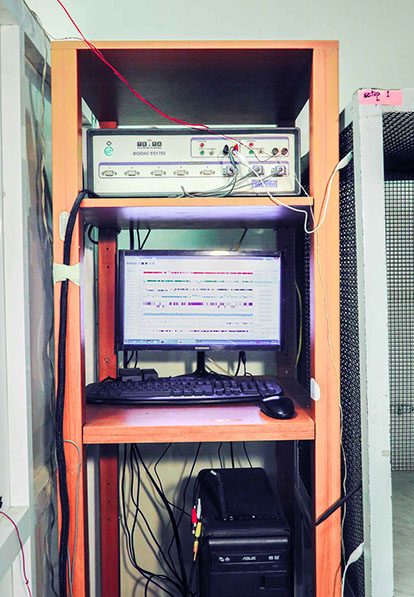
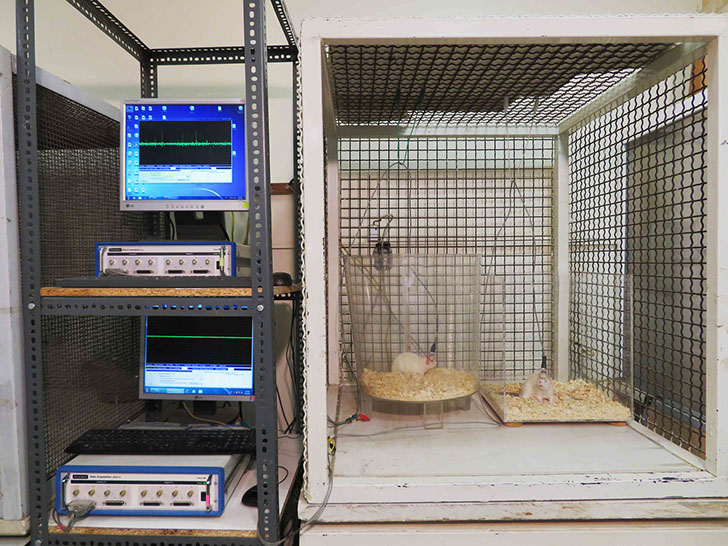
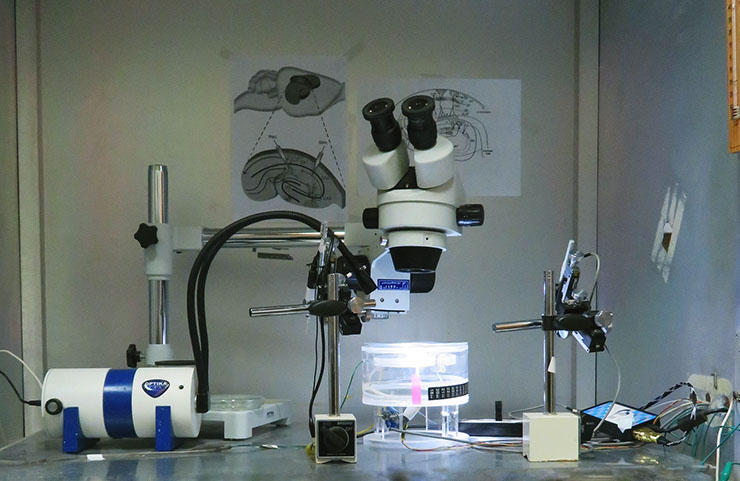 in vitro Evoked Field Potential Recording
in vitro Evoked Field Potential Recording
Field potentials are transient electrical signals generated by the summed and synchronous electrical activity of the individual neurons in central nervous system. Recording the evoked local field potentials (eFPs) in the hippocampus has yielded us important findings about the neural mechanisms of synaptic plasticity, a cellular model of learning and memory.
8-Channel recording system
This system is used to record the LFPs from multiple area of brain at once.
Single channel recording system
such as Long-Term Potentiation (LTP), Long-Term Depression (LTD), EEG, EMG and Epileptiform, bursts activity, extracellular single-unit- multi-unit action potential, NCV, VEP, ECG (RRI).
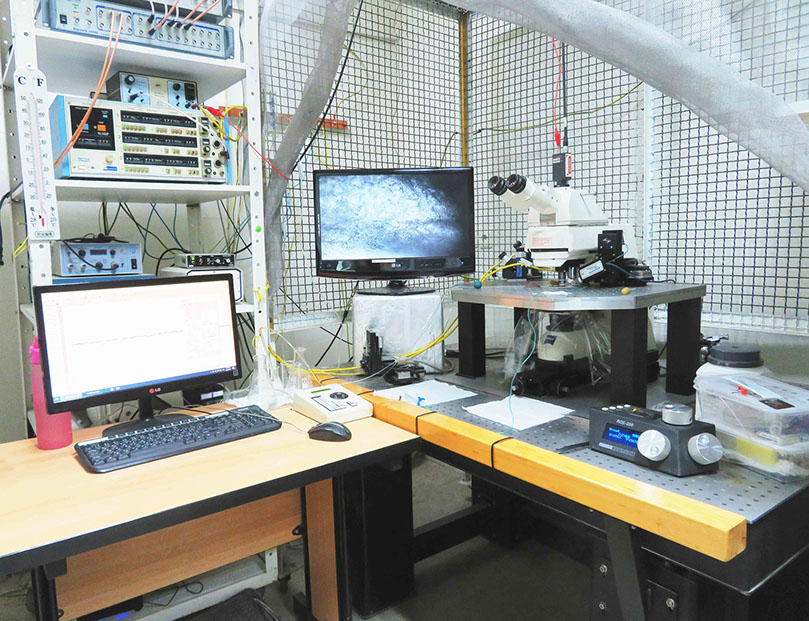 in vitro Intracellular Whole Cell Patch Clamp Recording
in vitro Intracellular Whole Cell Patch Clamp Recording
The whole-cell patch clamp technique is an electrophysiology method used to study ionic currents or membrane potentials in individual living cells in tissue sections or culture. The technique is especially useful in the study of excitable cells such as neurons, cardiomyocytes and muscle fibers.
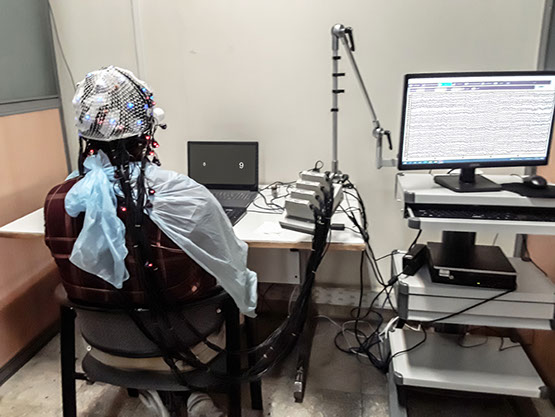 Electroencephalography
Electroencephalography
Electroencephalography (EEG) is a non-invasive technique used to record the electrical activity of the brain cotex. It involves placing small electrodes on the scalp to detect tiny voltage fluctuations generated by the firing of neurons. EEG is widely used in both clinical and research settings to study brain function, diagnose neurological disorders, and monitor brain activity in real-time.
Useful Links
Fabrication and Testing
Numerical Simulation
Consultation
Contact Us
No. 7, Jalal Ale-Ahmad Street, Tehran, Iran
P.O.Box: 14115-111
Phone: +98 (0) 21 82883865
+98 (0) 21 82884592

